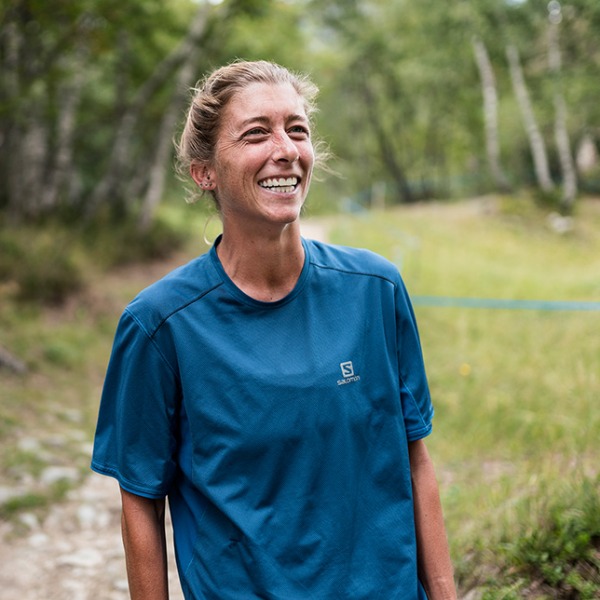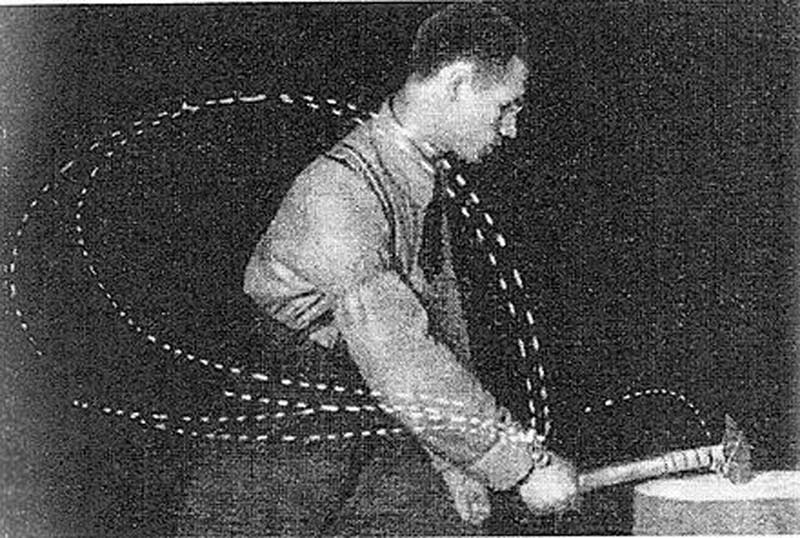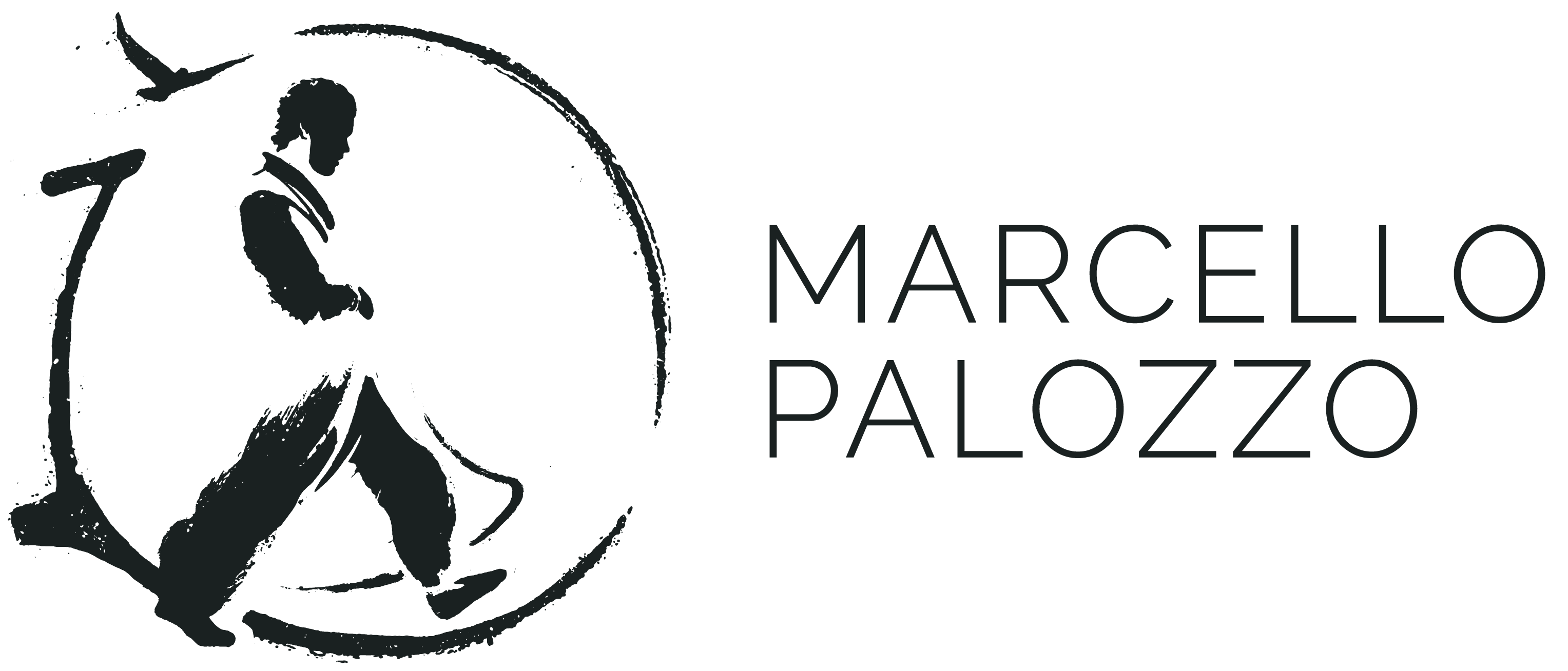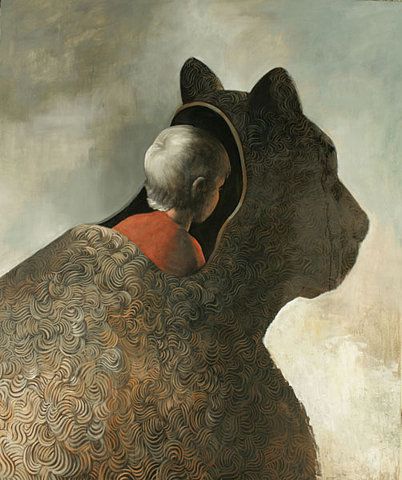Have you ever seen a person, that looked like nothing but was a phenomenal performer when it came to facts?
Think back and gather a memory of that.
Maybe this happened during a dance class, a bike ride, while climbing, during a run, in the gym, in a park… That person that looked like nothing “special” on the surface, completely obliterated everyone else that looked much stronger, more athletic, and fitter.
This is because what you can see from the outside of a shape, rarely reflects what is inside of it.
Just to make an example: Courtney Dauwalter. Could you have a look at her physical features and attire, and guess what she is capable of? Most likely not. She looks like a normal person going to play basketball at the nearest playground, instead she’s most likely going to jog for hundreds of kilometers without stop, outrunning all creatures on earth.
Personally, I love these surprises.

It’s not the shell, that makes the turtle
The reason why we can’t guess the overall abilities of a person by the looks is that they lay in substance [1] and not in form [2].
From this, a simple line of logic can be derived: your practice should aim at improving all the qualities that pertain movement, not in achieving a certain shape: as the outside shape should only be an indirect result of your work.
[1] Substance
The invisible components of the human organism: from the energy systems to the deep intention and mind, to the internal composition of the structures.
[2] Form
The outer material and visible part of the shape. The width of a muscle, the length of a limb, the overall outline of a body.
One layer below: hiding the form
Form is the hammer of the blacksmith. It is fundamental to generate, yet inadequate in knowing how good of a craftsman his owner is.
Showing off a tool to describe proficiency is senseless. The same goes with trying to create the best tool to achieve knowhow.
It is wise to hide form in many contexts as it reflects this understanding.

Two layers below: hiding substance
Once skills, a series of patterns, or special states are achieved there will be a tendency for them to come to an actualization in any context, setting and time. This is immature and can be harmful.
There is a moment for everything: a moment for them to express and a moment for them to stay behind the curtains.
For example, suddenly in a fighting class you feel the urge to do a handstand: Is it yourself that wants to do a handstand or is it the handstand that it is using you to come out? That is not the moment for it, hide it.
Three layers below: hide your qualities
Gain power, strength, ranges and …keep them in the bank. Use them when you need them, don’t put them in display all the time.
A barking dog doesn’t bite, and the opposite stands true.
All the real and best practitioners that I have met in my life, didn’t need to show off. They knew what they were worth, what they were after and what was needed to get there.
Take a Tibetan lama for example. He won’t come to meditate close to you to show you how good he is in those matters, won’t he? Then why shouldn’t you do the same?
Four layers below: hiding the unnecessary
Hide all that can be hidden and strive for efficiencies.
Preludes to an action, stylized accessory coordination, longings once an action is finished, parasite tensions, corollaries to a movement strategy, coupling motions, useless synergies, inefficient movement trajectories…
From the outside, no one should be able to read you, and all should look flawless and instantaneously crafted and cancelled. Like a feline sleeping under a tree and few moments later with a prey in his mouth already.

To conclude – hide all that you have but show all that you are:
- Hide your tools
- Hide your skills and states
- Hide your qualities
- Hide the unnecessary
Until next time,
Marcello.


Recent Comments